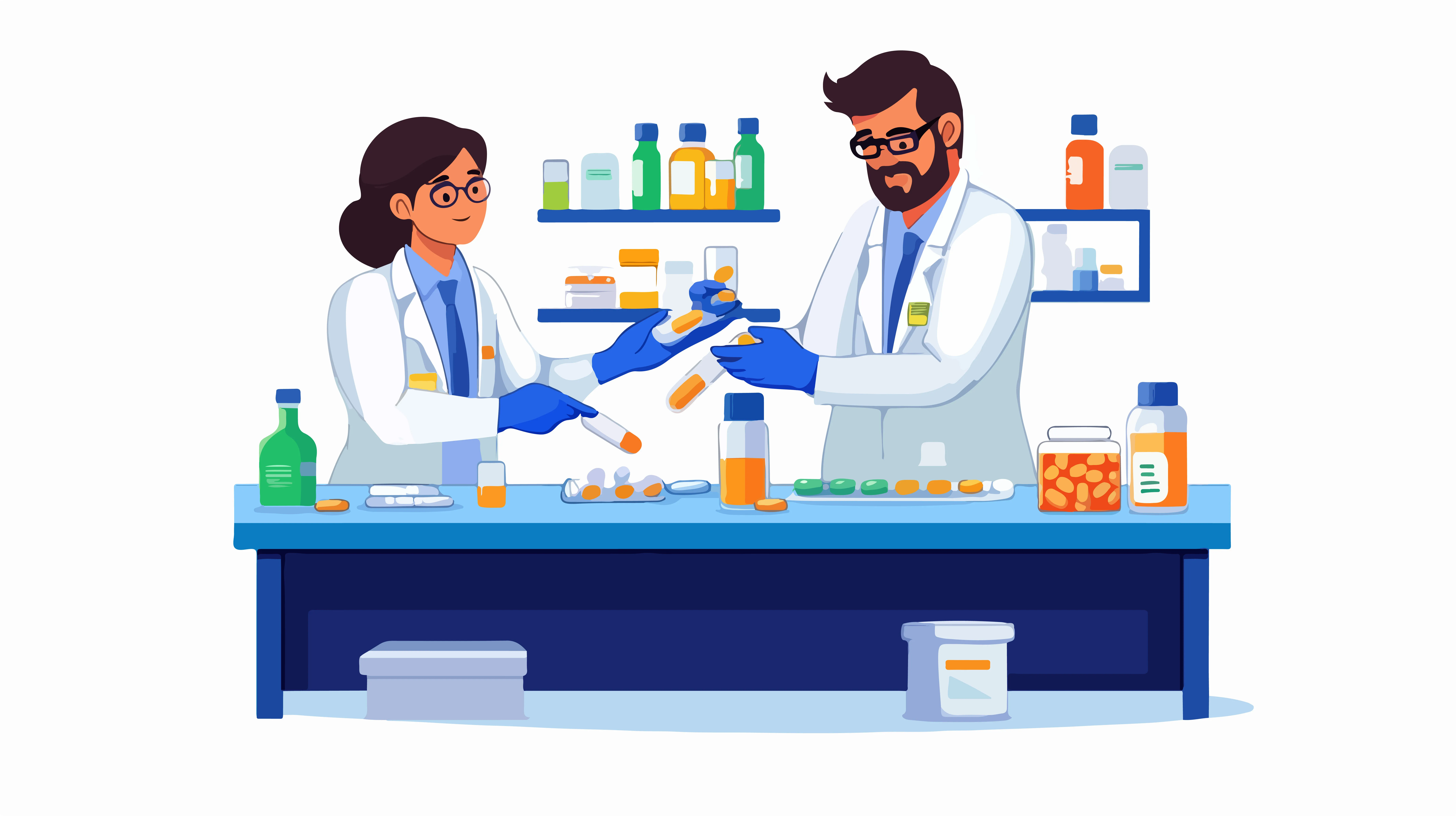The healthcare sector has experienced a paradigm change in recent years, moving away from a one-size-fits-all strategy and toward a more individualized, patient-centered one. Personalized medicine, a groundbreaking development that tailors therapies for individual patients based on lifestyle, environmental, and genetic variables, is in the front of this progress. Especially in personalized pharmaceutical packaging, which is essential for improving treatment results, compliance, and the general patient experience, this paradigm has spurred ideas outside pharmaceuticals as it gains momentum.
Customized packaging and tailored medication are working together to transform the pharmaceutical industry and place the patient at the center of care. This blog examines the future prospects of this revolutionary approach to healthcare as well as how these technologies complement one another. To support this, the Pharma Packaging & Labelling Forum organized by World BI brings together suppliers and manufacturers, enabling them to find the ideal partners for their packaging and labelling needs.
Recognizing Personalized Medicine:
Precision medicine, another name for personalized medicine, is the practice of adjusting medical care to each patient's unique circumstances. In contrast to traditional medicine, which frequently uses a generalized approach to therapy, personalized medicine uses technology like genetic testing, biomarker analysis, and artificial intelligence (AI) to identify the best course of action for a particular patient.
For Example:
- Oncologists can choose tailored treatments by using gene profiling to pinpoint the precise mutations causing a malignancy.
- Pharmacogenomics reduces trial-and-error prescribing in psychiatry by predicting a patient's potential response to antidepressants.
- To avoid side effects, genetic information is used in cardiology to determine the dose of medications like warfarin.
- This accuracy lowers adverse effects, expenses, and the chance of treatment failure in addition to improving treatment efficacy.
Requirement for Tailored Pharmaceutical Packaging:

Customized pharmaceutical packaging guarantees that the distribution of these treatments is in line with the unique requirements and preferences of patients, whereas personalized medicine concentrates on customizing the medication.
Here are some reasons why packing is so important in this modern age:
Improved Adherence to Medication:
- Complicated dosage schedules or ambiguous instructions frequently impair adherence to medication.
- Especially for older patients or those with chronic diseases, personalized packaging—such as color-coded blister packs, dosage calendars, or smart packaging with digital reminders—can greatly increase compliance.
Patient Safety and Clarity:
- Medication mistakes can be decreased with customized packaging.
- For example, by immediately including patient names, doses, and directions on labels, misunderstanding is avoided, especially for patients who are taking several drugs.
Improved User Experience:
- Specialized packaging considers patients with particular requirements or impairments.
- For example, blister packets that are simple to open for people with arthritis or visual assistance for people with low eyesight.
Digital Health Integration:
- Packaging has changed with the emergence of linked health.
- Smart packages that use RFID tags, QR codes, or NFC (Near Field Communication) can connect to mobile applications and give patients with real-time refill reminders, dose alarms, and even links to medical professionals.
Technology Driving This Revolution:
Pharmacogenomics:
- The foundation of personalized medicine, pharmacogenomics examines the role that genes play in an individual's reaction to medication. Then, customized treatments are created using this data.
3D Printing of Pharmaceuticals:
- One of the main tools for personalization, 3D printing makes it possible to create pills in precise doses and combinations that are tailored to each patient.
- Imagine taking only one tablet that contains all of your prescription drugs in exactly the right dosages. This technology has made it feasible.
IoT Integration and Smart Packaging:
Features of packaging-integrated Internet of Things (IoT) devices include:
- Electronic monitoring of dosage.
- Time-temperature indicators to make sure medications continue to work.
- Smartphone-accessible interactive instructions.
AI and Data Analytics:
- By examining patient behavior, feedback, and health measurements, machine learning algorithms assist in creating the best possible treatment regimens and packaging options.
Real World Examples:
In order to help physicians and patients monitor eating patterns,
- Proteus Digital Health created ingestible sensors that, when taken with medicine, send signals to a wearable patch and smartphone app.
- WestRock's DosePak® compliance packaging, which includes blister packets and integrated calendars, makes it simple for patients to keep track of their daily consumption.
- The IDGenetix® test, which is frequently used in conjunction with personalized prescription labels and instructions, integrates pharmacogenomic data to guide medicine selection.
Challenges & Considerations:
The move to customized packaging and individualized medication has drawbacks despite its potential:
Regulatory Complexity:
- While allowing for new packaging and technology advancements, regulators must maintain patient safety. Innovation must be accompanied with the evolution of guidelines.
Data Privacy:
- Protecting patient data is crucial as digital tracking and genetic data grow more prevalent.
Cost and Accessibility:
- Customized packaging and treatments might raise prices. Maintaining fair access is still a major challenge, particularly in environments with limited resources.
Supply Chain Flexibility:
- Agile manufacturing and distribution methods are necessary when pharmaceutical manufacturers adjust to generating tiny, patient-specific quantities.
Future Prospects:

Undoubtedly, patient-centric healthcare is the way of the future. Pharmaceutical packaging will become increasingly important in promoting treatment effectiveness and patient involvement as customized medicine gains traction.
We can anticipate:
- Increased usage of customized, environmentally friendly packaging to achieve sustainability objectives.
- Packaging systems with cloud connectivity that communicate with electronic medical records.
- Access to packaging using biometrics guarantees that only the designated patient uses medicine.
- Hospitals and pharmacies can have on-demand medicine printing kiosks that print customized prescriptions and packaging right away.
World BI Pharma Packaging & Labelling Conferences, 2026:
Custom pharmaceutical packaging and personalized treatment are more than simply fads; they constitute a fundamental shift in the way we think about health and well-being. We get closer to providing really comprehensive, efficient, and compassionate treatment when the medication and its packaging are customized to each patient's particular profile.Cooperation across the biotech, packaging, regulatory, and digital health sectors will be essential as technology continues to close the gap between innovation and patient care. They are working together to build a future in which treating a patient involves more than simply healing their illness; it also entails taking care of them. Exclusive gatherings are organized by the Pharma Packaging and Labelling Conference, which provides a platform for distinguished leaders, Artwork Professionals, and Industry experts from different companies to come together with the common goal of promoting worldwide knowledge.
For more information, kindly visit World BI.